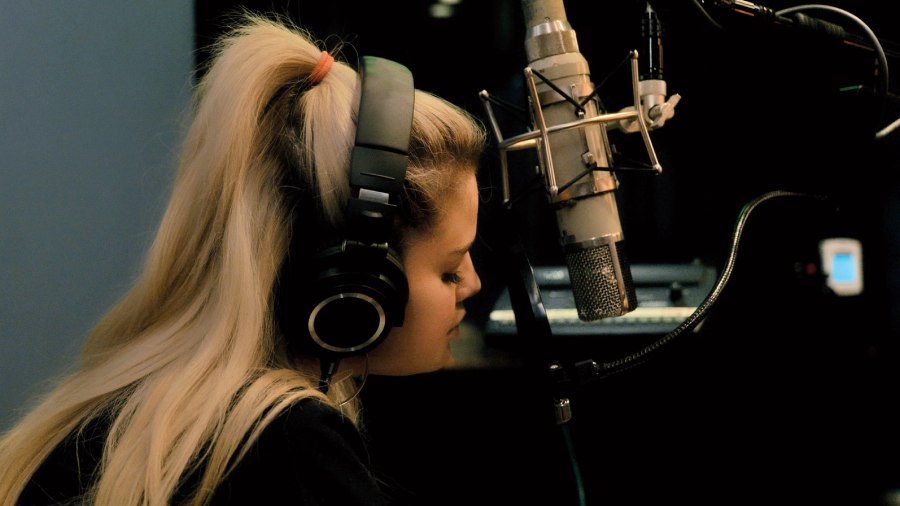Selena Gomez lays all her cards on the table in the new documentary, Selena Gomez: My Mind & Me, as we see the singer at her most vulnerable, captured by the versatile film-maker, Alek Keshishian. She is 30 years old and much of her life has been spent under public scrutiny. On the one hand is her global fame — the Disney child star turned singer-songwriter-actor with more than 350m Instagram followers. On the other is a vulnerable girl who has struggled through life — diagnosed with the autoimmune disease lupus, she underwent a kidney transplant in 2017, opened up about mental health issues and had to accept her personal life being splattered in tabloids.
In the fight between the pop star Selena and Selena the fighter, the latter thankfully won as we find out in the Apple TV+ documentary.
Her emotional experience was captured well on her 2020 album Rare and now, once again, in a documentary that has been filmed over six years.
“Most celebrities that I’ve met, form a kind of armour; they get a skin that they put on. What I realised working with Selena is she doesn’t. It’s why she can hug her fans one by one. But it also means she doesn’t have the protective layer,” director Keshishian tells The Telegraph.
Gomez’s story is also a story of caution for anyone seeking fame and fortune by living life 24x7 on social media. Born in 1992 in Grand Prairie, Texas, her first TV gig came at age 10 on Barney & Friends but her big break was the role of Alex Russo in Disney Channel’s Wizards of Waverly Place, which aired from 2007 to 2012. Like many before her, she soon landed a record deal but what the world saw more closely was her on-and-off relationship with Justin Bieber, which began in 2010. Barely into her 20s, she was struggling with depression and anxiety.
Keshishian’s camera goes through the maze of her struggles and captures a story that is inspiring. For the 58-year-old, director it is a documentary that excited him. One of the most successful music video directors of all-time — Sacrifice by Elton John, Don’t Be Cruel by Bobby Brown, Hold Me by Savage Garden and many others — it gave him an opportunity to make a film that’s unlike the film he is most known for — Madonna: Truth or Dare, which has reached cult status.
Here’s what the man told The Telegraph during a 20-minute video chat facilitated by Apple TV+.
As a film-maker what were your responsibilities while shooting? She’s a broken person, going through her motions. What were your responsibilities while putting the camera out there?
One of the reasons why I began shooting in 2016, on her Revival Tour, and then stopped was because I could sense she was going through things and it felt wrong. She was so young. I said to her, I don’t think the time is right. I don’t feel like I can continue like this because I could feel that she was going through it. In 2018-19 when she called me… she was out of the facility. It became a slow kind of friendship that grew and as my friendship and trust grew, I was shooting more.
When she had lupus, the relapse, I was holding the camera. I asked her whether I should shoot. She asked me to carry on. She was so committed that if she could share her pain, maybe we would help someone else. I became like a big brother. I became — she says in a couple of interviews — almost like a therapist as well. It was tricky.
There were moments where I would stop and ask her. There were other moments where she said: ‘Shoot this.’ But it was interesting to see in 2016 I knew she wasn’t ready. Even though she was letting me film it, I felt it was too intrusive. In 2019 again, I just was present. Each time I had to make that judgment call. I think she also trusted me… that no matter what I shot, I would never put something in the film just to have a reaction from the press. All of it was just to serve the truth of her life. We never had any conflicts about what I use or didn’t use in the film. I knew what I wanted to get across, I knew that I wanted to show not just the darkness, but the light in her. It was a journey, and she trusted me. I fall in love with the people I make documentaries with, which maybe is the reason why it takes me so long between them. I don’t just go and shoot for two months, three months; it’s almost like a marriage for me.
How did you go about deciding what to include from her journal entries in the film?
As I was working towards the end of the shooting period after Covid, we had become close and it was clear how intimate this film was and one of the things I noticed was throughout the filming, she’d be writing a lot. She kept these notebooks. So I asked her and it turns out she keeps journals. She had been keeping journals for 13-14 years. And she said: ‘Do you want to read them?’ She said: ‘I think I’m ready for you to read them and to use them in whatever way you see fit.’
She gave me a box full of journals. It took me a full week to read them. It was literally like I was entering her life. When I was making the movie, I knew I needed to use the journals. And it took me some experimentation to see how much because there could be a movie just on the journals. There were parts of it that were so poetic that I was like: ‘Who wrote this?’ They were very provocative stream-of-consciousness entries.
Ultimately, I thought the journal entries were her internal dialogue. They’re the voice we all have in our heads sometimes… as things are happening. The film is how the outside is looking in on her. That’s how I differentiated the two, which is why the journal entries are black-and-white and a bit more abstract versus the film.
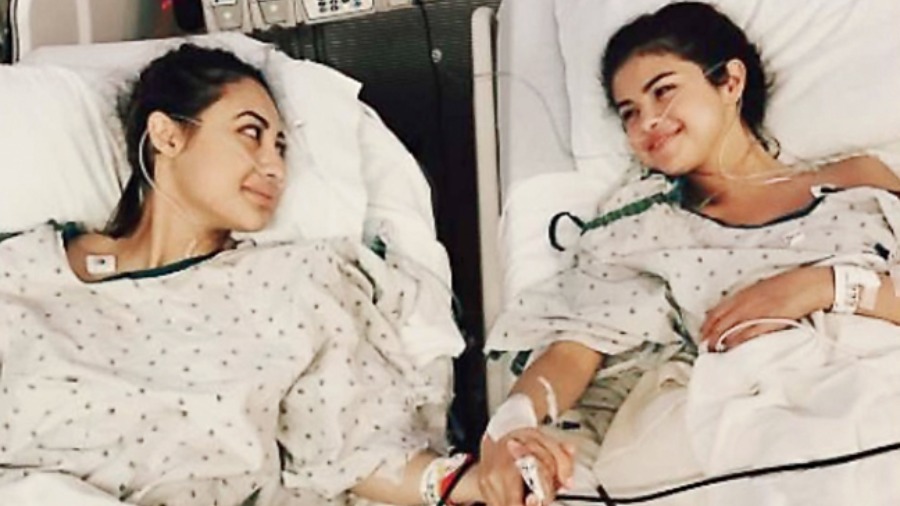
Picture of Selena Gomez, then 25, after undergoing a kidney transplant, seen with her friend and donor, Francia Raisa
Having followed a person closely for six years, what have you learned?
Working with someone for six years, or knowing them for that long, you learn things as they’re learning something new. I think what I learned, or relearned was something that’s very basic, which is what makes us human is our ability to connect with one another. We are living in a world where there is so much darkness, and where social media is what we think is connecting but it’s not. Connecting with someone is as simple as just being present when someone talks to you, listening, being able to be there and have that human connection. What I relearned was something very basic and fundamental that all of us can do.
What do you think is the takeaway message?
I think the message of the movie is we all go through darkness in different ways. It can be mental health for someone, it can be an illness for someone, it can be a loss of a job, the loss of a family member. And when we’re at our darkest, the thing that can lift us up is connecting with another human being.
We’re living in a world where we seem to be constantly looking at what separates us. Yet, on a basic level, the thing that connects us is basic humanity.
As Dr Vivek Murthy says in the movie, every single person wants to give and receive love. I don’t care who you are, or the politics you support… human beings by nature want to give love and receive love. We can return to that, and sometimes at our darkest moments, we have to return to that. It’s almost as if God is giving us a reminder that this is what makes you human. That was my message but I think for each viewer, the message they get might be different. For some it may be about having the courage to deal with actual mental health issues, for others, hopefully, it might be inspiring to go ahead even if I’m feeling dark, even if I’m broken… I can make a difference in the world, just one person at a time. Ultimately, the movie is about Selena. It’s a young world story, coming from the poorest part of Texas, rising through this thing she thought would bring happiness and joy. How a broken person reaches all the way to the White House.
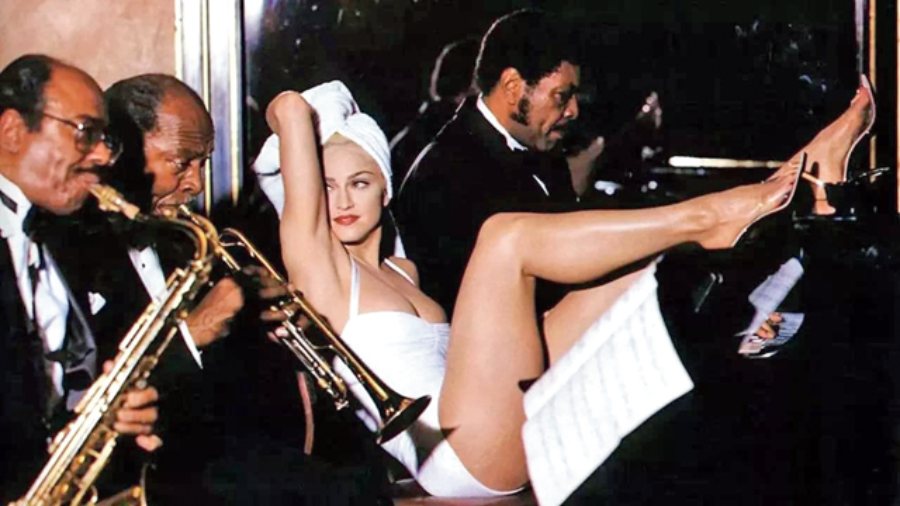
A moment from Madonna: Truth or Dare. Picture: Miramax/Allstar
In one part of the film, Selena says she almost feels like a product. What is your opinion because celebrities these days get treated by social networks and companies like products and not people?
I think that there’s always been a bit of that. I think even in the Madonna film that I did, you can see that there’s the persona, and everyone feels like it is almost treated like a product. But there’s always a human being underneath that. But it has become worse. It’s almost as if now, because of social media, we’re constantly putting out a product. Then there’s a human being. There’s a huge contrast. It is very difficult to live as a human being, especially if you’re someone really authentic and vulnerable. Most celebrities that I’ve met form a kind of armour, they get a skin that they put on. What I realised working with Selena is she doesn’t. It’s why she can hug her fans one by one. But it also means she doesn’t have the protective layer. When they’re treating her like a product she can’t switch her mind into like, ‘Okay, now I will just be Selena Gomez, the pop star.’ That to me was so fascinating and why I fell so in love with her. She’s really authentic all the time.
When you worked with Madonna (Truth or Dare), we saw a lot of controversies. Many wanted to see the controversies. Here, it’s completely different.
When I did the music video for Hands to Myself with Selena… that was a bit of a change about where she was. This was in 2015. One of the reasons I decided to make the documentary was because it wasn’t like Truth or Dare. I said ‘no’ to making music documentaries for decades. People would ask me and I’d be like, ‘I’ve done it.’ I don’t like to repeat myself a lot, much to the annoyance of my agents. With Selena, I realised this was the other side of the coin. It’s the other side of Truth or Dare. It’s really getting deep into the mental anguish that it takes to be a product and a person.
During Truth or Dare I was 25. Madonna loved being super famous, she revelled in that; she enjoyed all of it. With Selena, she’s the most reluctant pop star I’ve ever met. She doesn’t care about going to the fanciest restaurants, she doesn’t care about any of that stuff. She cares about her little group of friends. She cares about her fans; she will come back to the hotel, and she’ll talk to the people who are there… that literally is her life. I love the contrast. I think it was because of the contrast that I finally said, ‘Yes, I’ll do this documentary.’
Just to do another controversial in-the-same-way film… nowadays, everyone is doing that on Instagram; every other celebrity is saying ‘how can I be more outrageous?’ I think what is outrageous today is for someone like Selena to show the depth and the truth. Selena’s documentary, in a sense, is more revolutionary for its time. Madonna was revolutionary for its time because it was a certain period. What Selena is doing with this documentary, I think, is shocking; no one has presented this level of brutal, raw honesty.
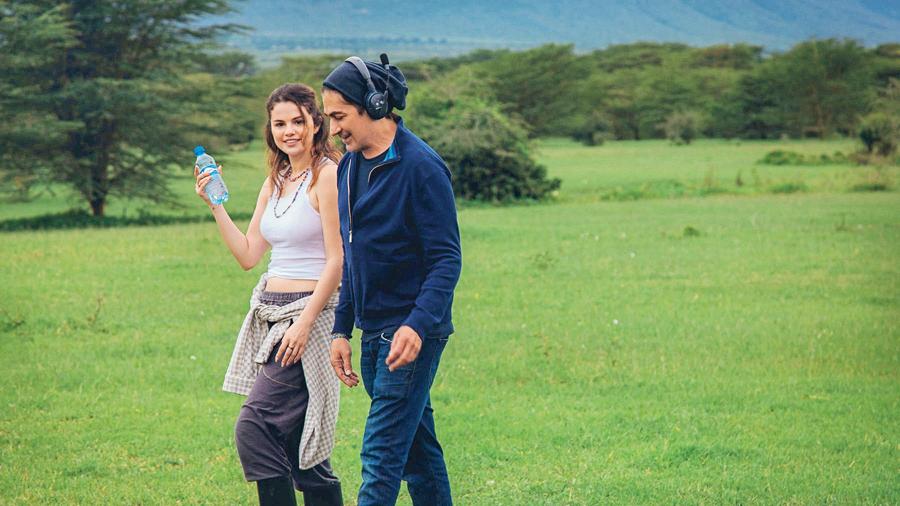
Selena Gomez and film-maker Alek Keshishian during the shoot of Selena Gomez: My Mind & Me. Picture: Apple
Selena talks about being vulnerable. How do you view Selena’s decision to be so vulnerable in front of the camera?
I think it takes courage to be that vulnerable. It is very difficult for all of us. We’re living in a world where being vulnerable can get you hurt. And it’s not like Selena doesn’t have those feelings. She’s nervous about this film, she feels the vulnerability. But she also realises by sharing her vulnerability, it might help somebody else. And I think that when we are vulnerable, and when we allow other people to be vulnerable around us, we connect, and it does give us more light. But we’re living in a world where you can’t do that very often, you have to trust people. We’re living in a world that doesn’t appreciate vulnerability. I wish we were living in a world that reminded us that our vulnerability is what makes us human and gives us an opportunity to connect.
Ultimately, being vulnerable can bring you more light, more joy, more love than putting on a fake persona. Just worrying about what you look like and your image and appearing strong… I really believe at the end of the day, we all want love but we want to be loved for who we are, which is vulnerable. I think part of what happens is when we project this image of being strong, we attract people who are also trying to say, ‘I’m strong too.’ But you’re not connecting to that vulnerable place… whether you’re falling in love, whether you’re dealing with friendships, whether you’re dealing with your life.
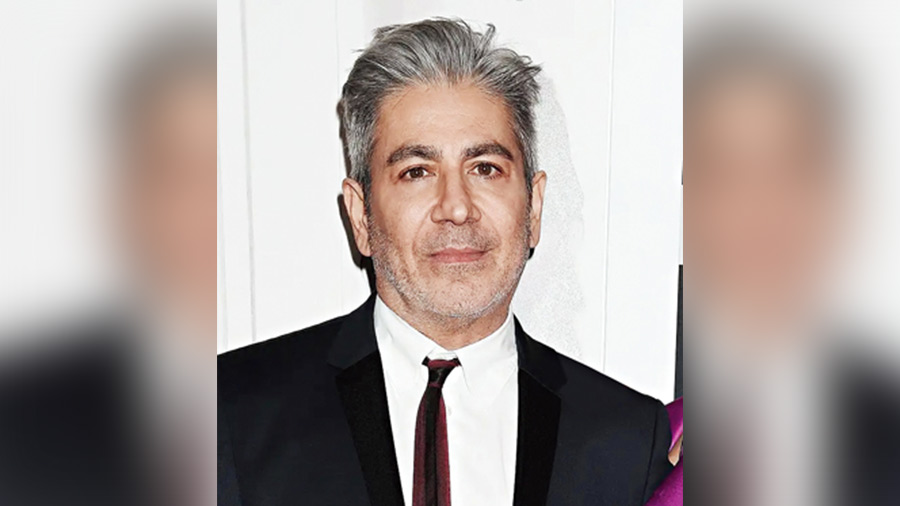
"It’s almost as if now, because of social media, we’re constantly putting out a product. It is very difficult to live as a human being, especially if you’re someone really authentic and vulnerable. Most celebrities that I’ve met form a kind of armour, they get a skin that they put on. What I realised working with Selena is she doesn’t." — film-maker Alek Keshishian
